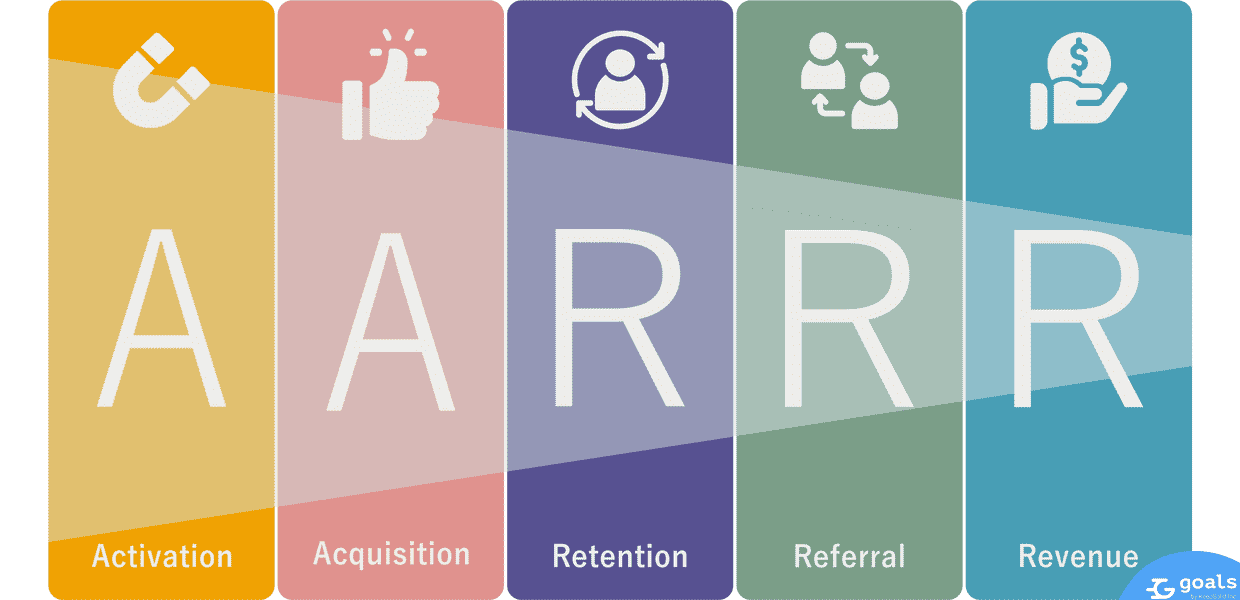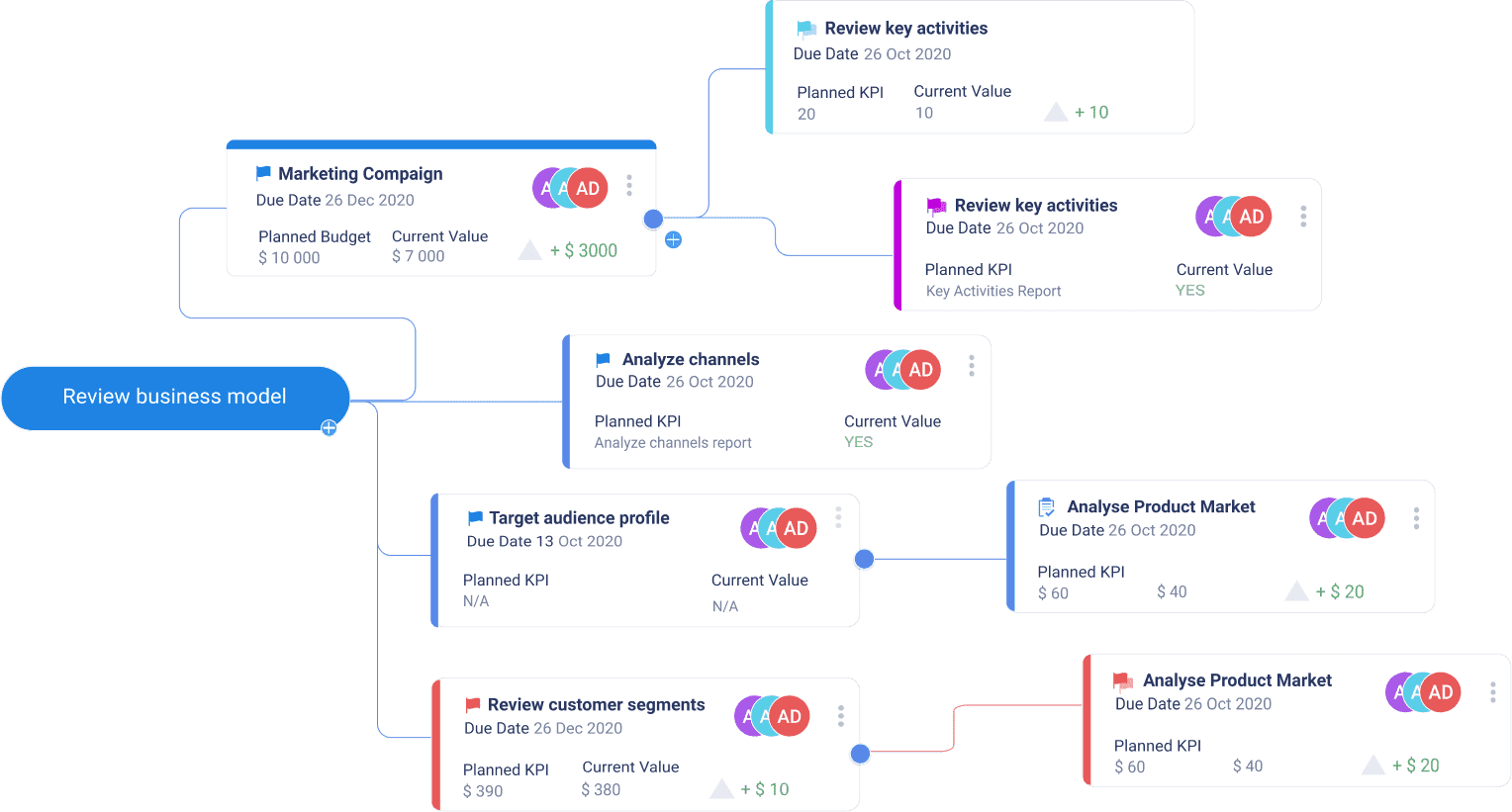What is AARRR?
The AARRR method was developed by Dave McClure, an influential venture investor and the founder of the 500 Startups fund. This model represents the customer life cycle in an application, and takes form of the AARRR funnel:
- Acquisition
- Activation
- Retention
- Referral
- Revenue
This approach is also called the Pirate Metrics Canvas because its acronym mimics a pirate shouting “Arrrr!”

With the help of the AARRR framework businesses can simulate a funnel that allows them to analyse both users' quantity on every stage and conversion metrics.
Businesses can apply different conversion metrics - or even create their own - to get a better understanding of user’s behaviour at every stage of the AARRR funnel and to reveal barriers and issues that prevent them from getting desired Revenue results.
Below you can see some examples of AARRR metrics that can be used at every stage of the funnel:
AARRR Benefits
-
Features Customer Journey Map (CJM) visualisation that helps explore user behaviour and make a deep analysis of their needs
-
Pinpoints weaknesses quickly
-
Guide users and their behaviour at every stage
-
Provides objective and clear information for backlog priorities
In its essence, the Pirate Metrics creates a clear product model, so in case condition changes, it allows for immediate restructuration. Besides, it helps teams understand which key performance indexes they can affect at every funnel stage.
AARRR Framework Goals
As we already mentioned, this method was built on the AARRR funnel management, where you can achieve the following goals on every level:
It goes without saying that it makes sense to define key metrics at every funnel stage, like effectiveness of interaction with the target audience or goal achievement rate.
AARRR or AAARRR
Though the AARRR framework includes key logic and general interaction stages between user and product, it doesn’t mean that it can be adapted to all individual business needs.
To make the model more applicable to the specific needs, teams might introduce certain modifications:
For instance, many companies start managing relationships with their users from the Awareness stage where they define product user needs and focus on informational channels about startups or product development. In this case, the model is modified to AAARRR.
Moreover, companies often swap the last stages, Revenue and Referral, which is generally decided inside the team.
Transparency, clearness and the ability to promptly manage the factors influencing the commercial result have made this model popular among product managers and product marketers.



